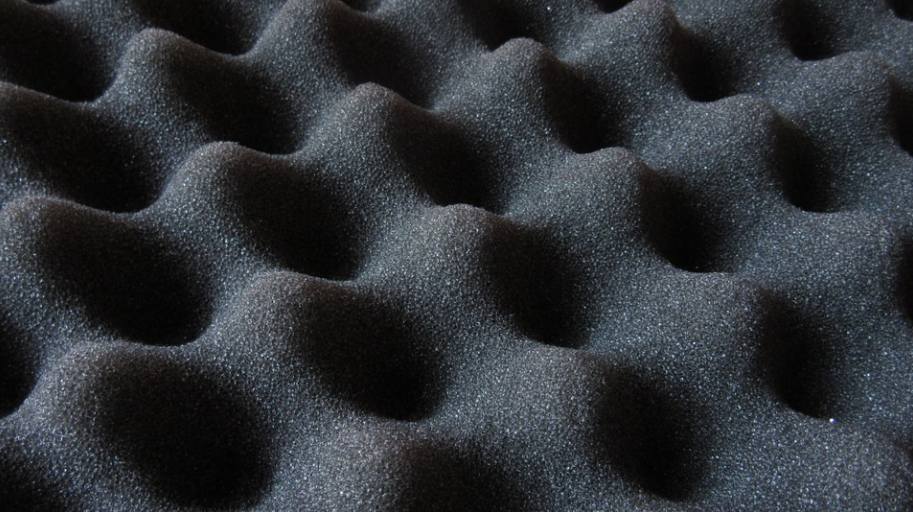It is important to choose the right polyurethane foam for your product. There are many different types of foam available, and each one has unique properties that may be more appropriate than others, depending on what you need it to do. Polyurethane can act as an insulator or a sealant, so it is necessary to know which kind of material you will be using before making your purchase decision. This article explains how to figure out which type of polyurethane would work best for your needs.
Determine How You Will Use It
The first thing to take into consideration is how you will be using the foam. There are two main types: insulating and sealing. Insulating polyurethane foam is designed as a cushion or shock absorber. It can also be used as an incubator for insulation and heat retention. For example, the packaging materials surrounding electronics use this type of material. Sealing polyurethane is used to fill in holes and spaces, such as around doors and windows or between two pieces of sheet metal. It can also be used as a water barrier for basements and below-grade applications.
Determine Which Type You Require
There are three types of polyurethane insulation: open-cell, closed-cell, and semi-closed cell. Each has its own unique properties. The following guide should help you decide which type best suits your needs.
Open Cell
Open cell insulation is the most popular variety because it offers good thermal and acoustic insulation properties and can also be used as a sound deadener. It has the lowest density, but it is also the most vapor permeable.
Open cell is soft, flexible, and extremely low-density. These qualities make it an excellent cushioning material for use in mattresses, furniture, packaging material, and athletic equipment like helmets or pads. It can absorb high amounts of energy, so it is also often used for shock absorption.
Closed Cell
Closed cell insulation offers better wind resistance than open-cell varieties because it presents less surface area. It does not absorb water or vapor, so it can be used in applications where moisture may be present, such as below-grade applications or in outdoor applications.
Closed-cell insulation is strong, dense, and very durable. The density makes it less flexible than open-cell varieties, but it provides higher R-values per inch.
Semi-Closed Cell
Semi-closed-cell insulation falls somewhere between open-cell and closed-cell types regarding thermal efficiency, strength, and durability. This variety is a good choice when you want closed-cell insulation properties but don’t require as much density.
Determine the Density You Require
In addition to being open-cell, closed-cell, or semi-closed cell, polyurethane insulation may also be available in multiple densities. Density refers to the weight of the insulation per unit volume. High density or stiff foam has a higher R-value per inch but is also more expensive than lower density varieties. If you are looking for maximum thermal efficiency without paying extra, low-density polyurethane is your best bet.
If you’re still unsure about what kind of polyurethane foam you need, consider talking to the manufacturer or supplier, like Sterling Manufacturing. They can talk to you about your planned application for the foam and help guide you to the option that will suit your needs best.
There are many different types of polyurethane insulation available, but all share the same basic properties. Which type is right for you will depend on your individual needs. If noise insulation or vibration control is vital to you, open-cell varieties may be best for you. If moisture resistance is an issue, closed-cell types would be the best choice. If maximum thermal efficiency is key, low-density polyurethane would be the way to go.















